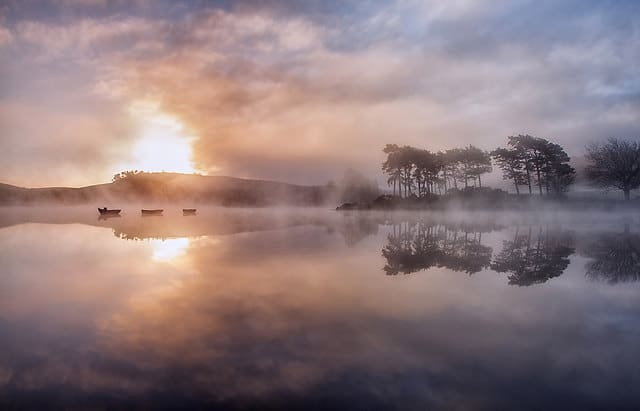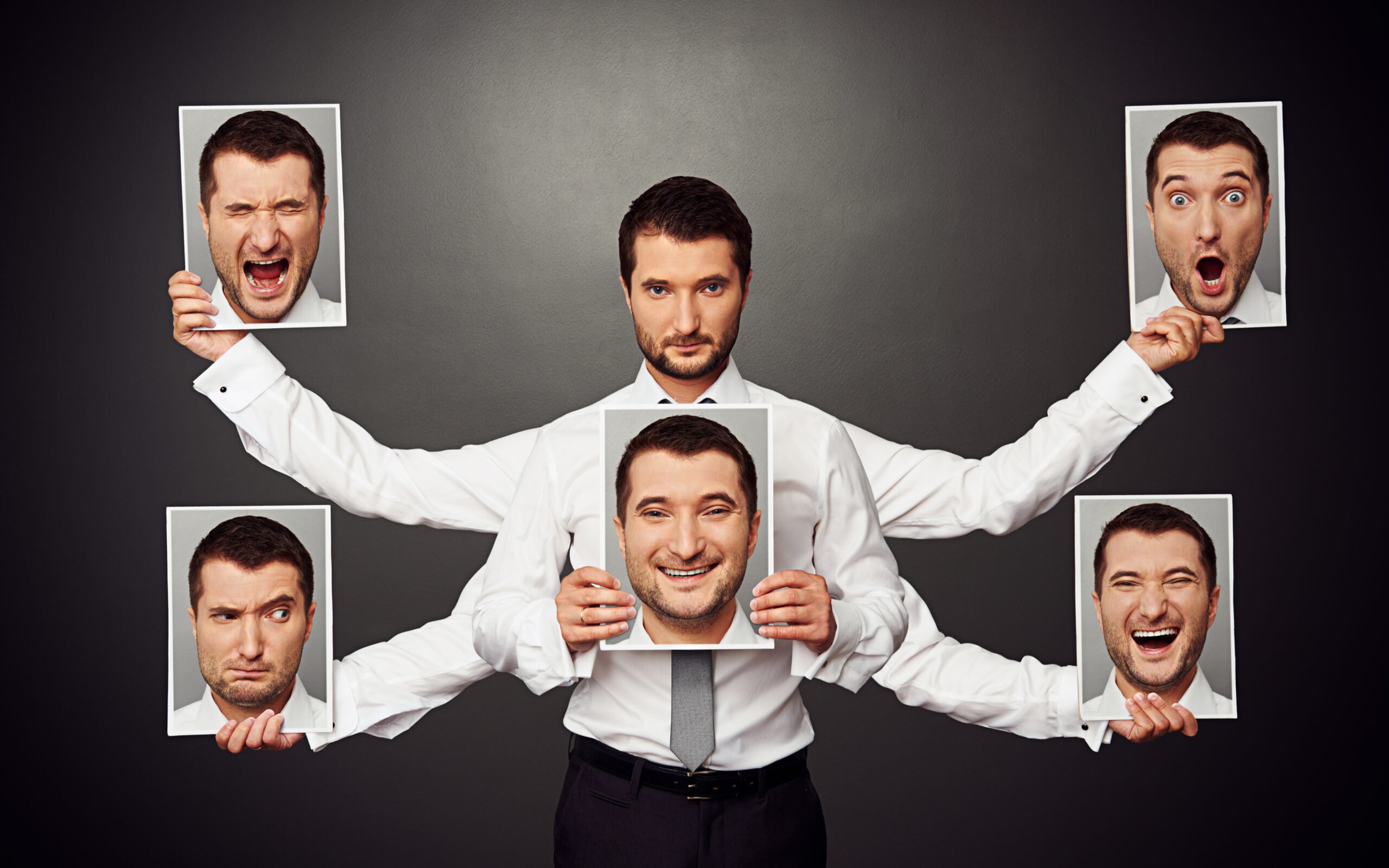
Just look around and see what pulls at your consciousness. Setting down your camera gives you time to observe the world. When I tell people to stop shooting and put the camera away, I often get criticized, yet it’s an important part of photography – especially photography infused with feelings. Yes, it’s good to head into a scene with specific feelings in mind, but you must be adaptable, depending on the content of the scene. If they’re feeling sad, take a sad photo if they’re feeling happy, take a happy photo if they’re feeling tired, take a tired photo…You get the idea.

Learn about lighting patterns and how they affect the viewer, because it’s easy to convey different emotions simply by changing the light’s position relative to the subject.Ī final piece of advice: Don’t encourage your subjects toward specific emotions.

(I often just raise my eyebrows while pointing at my camera, and it works great.)īy the way, if you want top-notch emotional portraits, make sure to think about the lighting. Whenever possible, ask permission, especially if you don’t know the person. So whenever you head out with your camera, before you take a single shot, or even look for a shot, ask yourself: How am I feeling today? Then let that emotion guide your shooting, and channel it into your photos.Ī word of caution, however: Do not rush up with your lens, thrust it into a person’s field of view, and snap a shot, especially if they’re feeling emotional. The emotional state of the photographer – that’s you! – has the largest impact on the emotional quality of your photos. Let’s dive right in, starting with my first tip: 1.
#DIFFERENT TYPES OF MOODS IN PHOTOGRAPHY PLUS#
Instead, use these tips, plus your personal emotions, to create powerful, one-of-a-kind images. Of course, not all viewers experience the same emotions in response to the same photos, so don’t feel pressure to convey specific feelings to everyone. And in this article, I’ll share my absolute favorite techniques – so that you can capture powerful, moving images, too! I’ve spent years honing my ability to infuse photos with emotions. Instead, natural light is a type of ambient light that comes from a natural light source-for example, sunlight or moonlight.The best photography often conveys emotions, but how do you create emotional photography? How do you add feelings to your photos so you can move the viewer and ensure they connect with the piece?

It doesn’t matter if it’s natural or artificial. (I just wanted to let you know that there are other interpretations of the term ambient light in case you run into them.) What’s the difference between ambient light and natural light?Īny light source you didn’t add before taking the photograph is considered ambient light. This means whatever lighting is already there when you arrive for the photoshoot. Since Shotkit is a website for photographers, I’ll be referring to the definition used in the photography field. In photography, all of these are included in the ambient light definition. Task lighting and accent lighting are considered separately. Keep in mind that the definition of ambient light changes according to the field.įor light designers in the theatre, ambient light is all put together on purpose for the show, and it creates a specific ambience where the action takes place.Īmbient light is also the overall illumination of a room or a space in architectural light design and interior design. Ambient light is the available light on location before the photographer adds any flash or additional light.


 0 kommentar(er)
0 kommentar(er)
